Rural Thai society depends so much on abundant rainfall and numerous rivers to grow rice and fish that water is often featured in their national holidays and family events. Last week, Pattaya Today, a newspaper from the tourist city of Pattaya, published an interesting PR piece generated by the Tourism Authority of Thailand that described the various ways the Thai—both rural and urban—include water in their celebrations.
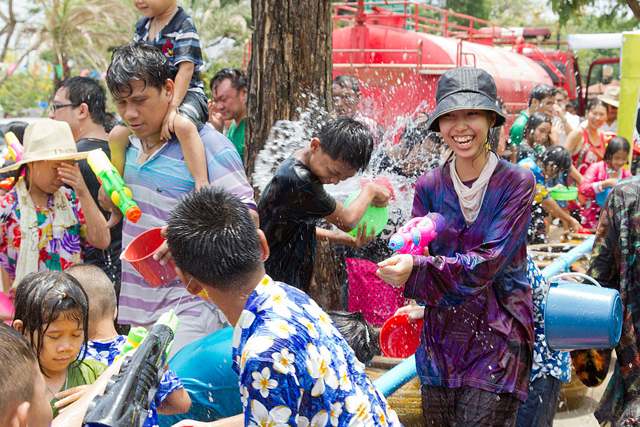
Perhaps the best known is Songkran, their annual New Year’s festival, which was most recently held from April 13 – 15. People in villages, towns and cities throughout Thailand celebrate by throwing water at one another, events that are popular with both young and old, natives and tourists alike. It is like a frantic, nation-wide, three-day water fight.
Songkram is also a time to pay respects to the elders. The old people in a family will apply a white powder called dinso pong to the necks and faces of younger people as a way of keeping away evil spirits. They also believe that dinso pong, a folk medicine, helps protect the skin from sunshine and assists in preventing skin spots.
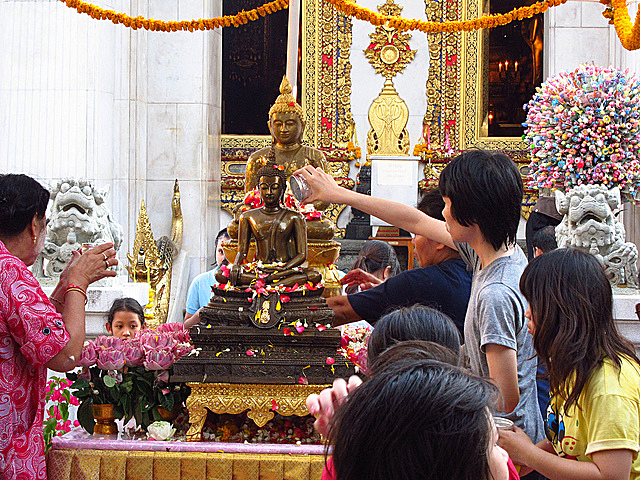
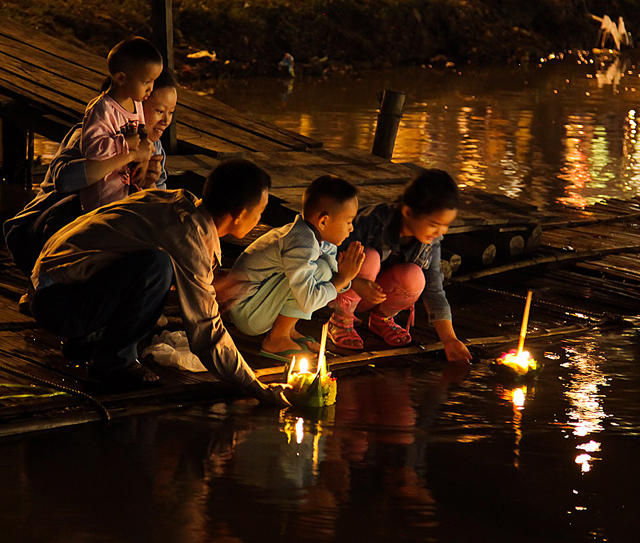
But the Thai do take the Songkran celebrations seriously. They will gather in their temples and sprinkle sacred water on statues of the Buddha, a type of ritual bathing. According to the article, the practice represents, for the Rural Thai, a way of praying for sufficient rainfall for the upcoming growing season.
On November 15, 2016, Thailand will celebrate another national holiday called Loi Krathong in various ways. In the province of Tak, the festival, called the Krathong Sai, is celebrated by participants filling coconut shells with wax and floating them out on a river.
In other parts of the country, Loi Krathong is celebrated by using banana stalk floats crammed with incense and flowers. They are lit and floated out onto rivers, where they move with the currents, carrying along prayers for success, fortune, and love. In effect, for the Thai, it is a way of giving back to the water spirits; the festival represents an attempt to thank them for the bounties they have provided over the previous year.
Water also plays a role in important family celebrations, such as weddings. In some parts of Thailand, tourists can get married while floating on bodies of water, and at one resort, off the coast of Trang in southern Thailand, couples can marry underwater.
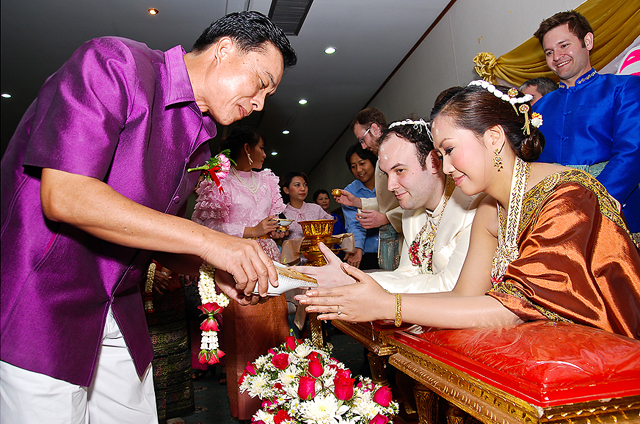
Traditional weddings normally involve water. An important part of the wedding ceremony is for water to be sprinkled over the wrists of the bride and groom.
The article in Pattaya Today also discussed the Chao Phraya River, the waterway that is at the heart of Bangkok. For centuries, the capital of Thailand has been located in communities along the river, most recently, since 1782, in Bangkok. Embassies, hotels, homes and businesses have been built on the banks of the river, or even on houseboats in it. The city grew as a network of canals, and in the 1840s, 90 percent of the residents lived on them.
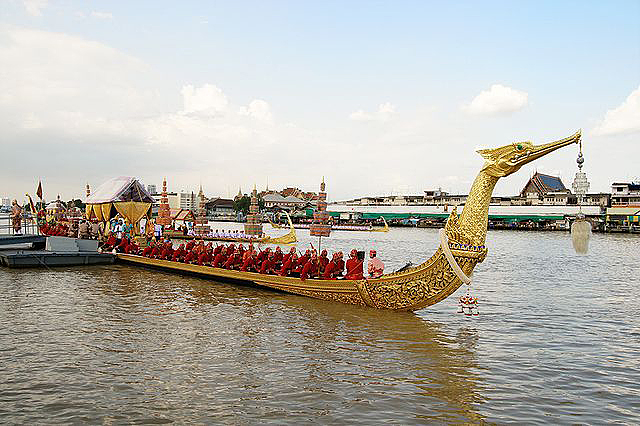
The Royal Barge Ceremony—“one of the most spectacular displays in Thai culture,” according to the news report—is sometimes performed on the Chao Phraya. The delicate royal barges are not brought out of safe keeping in the Royal Barge Museum very often, since they are carved with figureheads from Thai mythology and date back to the reign of King Rama I, the Great, who ruled Siam from 1782 to 1809. The barges transport the royal family along the river when they need to attend special events.
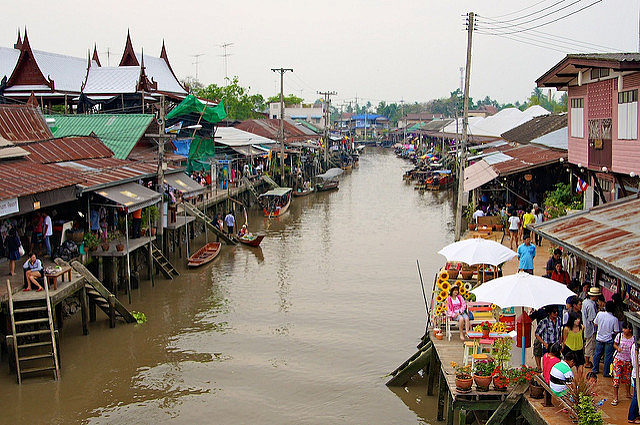
Many communities in Thailand depend heavily on markets located directly on the waterways. Amphawa, a district in Samut Songkhram province, has a well-known floating water market where local artisans and artists show off their works. Last week’s article concludes that the waterways of Thailand have been influential throughout history. They have inspired numerous Thai cultural traditions.